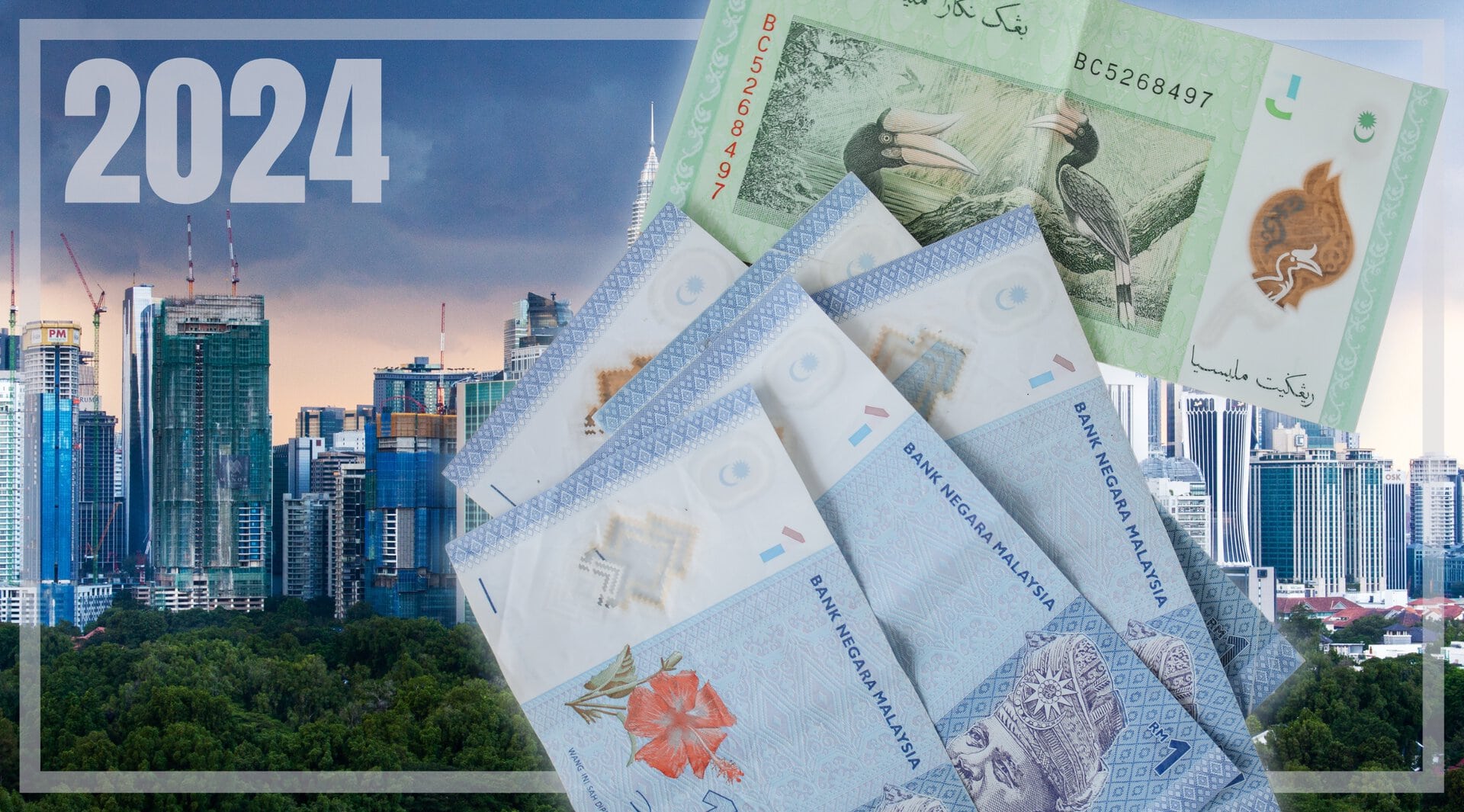The Malaysian ringgit (MYR) is currently trading at multi-decade lows against the US dollar. Indeed, the ringgit is now weaker than at any time since the Asian financial crisis of 1997. While most emerging market currencies have fared badly in recent years, amidst global geopolitical volatility that has reduced investors’ risk appetite and higher rates in the Federal Reserve, the ringgit has performed particularly badly. Malaysia’s currency has depreciated the most of any other major Asian currency:
This has come as a surprise to some given how fundamentally strong the Malaysian economy seems. The economy grew at a rate of 4.2% in the first quarter of this year amidst strong private expenditure, strong export growth, higher household spending, and continued growth in employment and wages.
The country has emerged as a trading powerhouse in Southeast Asia, trading with 90% of countries worldwide. Unemployment remains relatively low at 3.3%. Kuala Lumper is currently massive trade surplus of almost $60 billion per year, partly driven by a weaker ringgit which has made Malaysia’s exports more competitive on global markets.
What explains the weakness of the Malaysian ringgit? A weak ringgit is not the result of a weak national economy – Malaysia’s economy is strong – so it appears that it is almost entirely because of monetary policy.
Indeed, the Federal Reserve in the US has hiked rates up to 5.5% amidst a battle against high inflation. This has caused many traders to buy up dollar-denominated assets in order to secure relatively high yields on a currency widely deemed to be the safest in the world. Many central banks – including the Bank of England, the European Central Bank, and others – have hiked their rates in line with the Fed in an attempt to prevent rapid currency depreciation.
However, the Bank Negara has been notable as one of the few central banks to maintain relatively loose monetary policy. After all, Malaysia is not experiencing a struggle against inflation, unlike many other countries. Prices were rising last year at a healthy 2.5%.
Especially given higher rates can often come at the expense of economic growth – because they make access to capital harder and more expensive, stifling spending and investment – the Malaysian central bank has therefore declined to follow the Fed’s lead. They have calculated that a weaker ringgit is a price worth paying for a stronger economy overall.
Malaysia won't use interest rates to prop up the ringgit, says central bank deputy chief https://t.co/Q9MsulKRib
— CNBC (@CNBC) May 14, 2024
There are signs that the ringgit could potentially go down in value further. For one, while traders widely expected the Federal Reserve to cut rates significantly this year, Chairman Jay Powell has now strongly indicated that the central bank will maintain rates higher for longer. This could put further pressure on the ringgit given there is no sign that the Bank Negara is prepared to protect the currency through higher rates.
A weaker currency does have negative economic impacts – particularly for businesses which rely on imports that are now becoming increasingly expensive. Symbolically, a weaker currency can also be politically difficult given many presume the strength of a currency to be indicative of the strength of the wider economy. However, a weak ringgit has emerged in unusual market conditions. The Bank Negara is not prepared to sacrifice economic growth to prop up the ringgit – and most would agree that is the correct decision.
Author: Harry Clynch
#Malaysia #Ringgit #ForeignExchange #Asia















